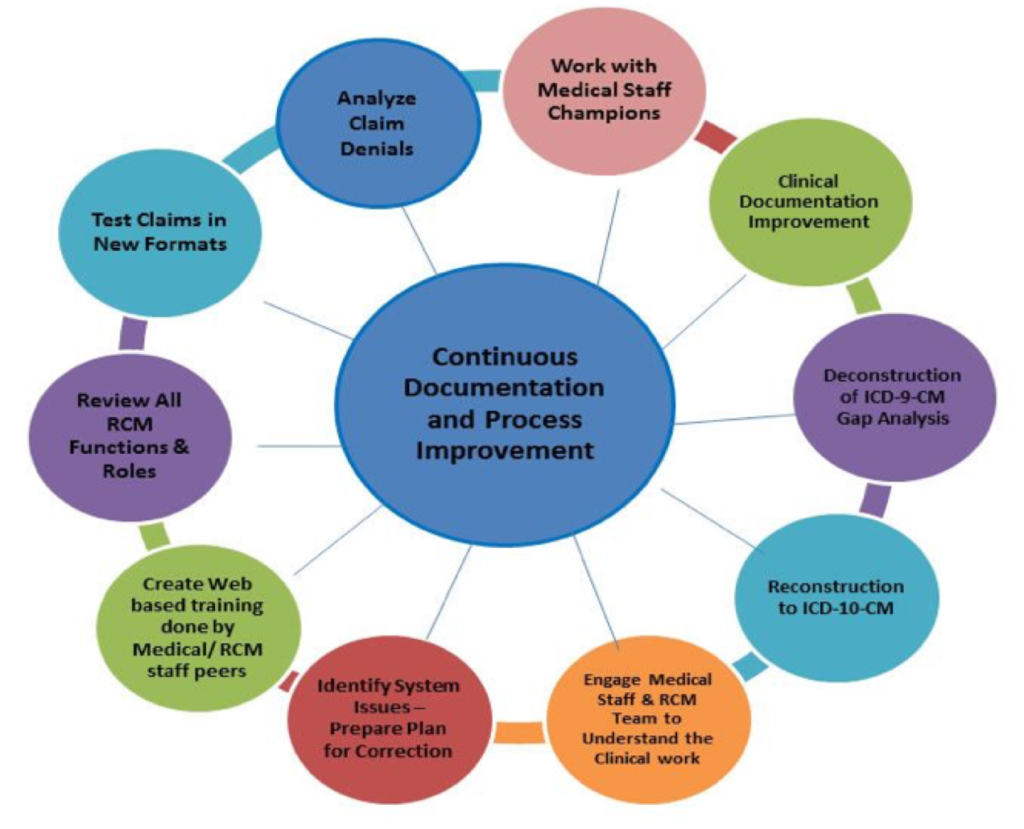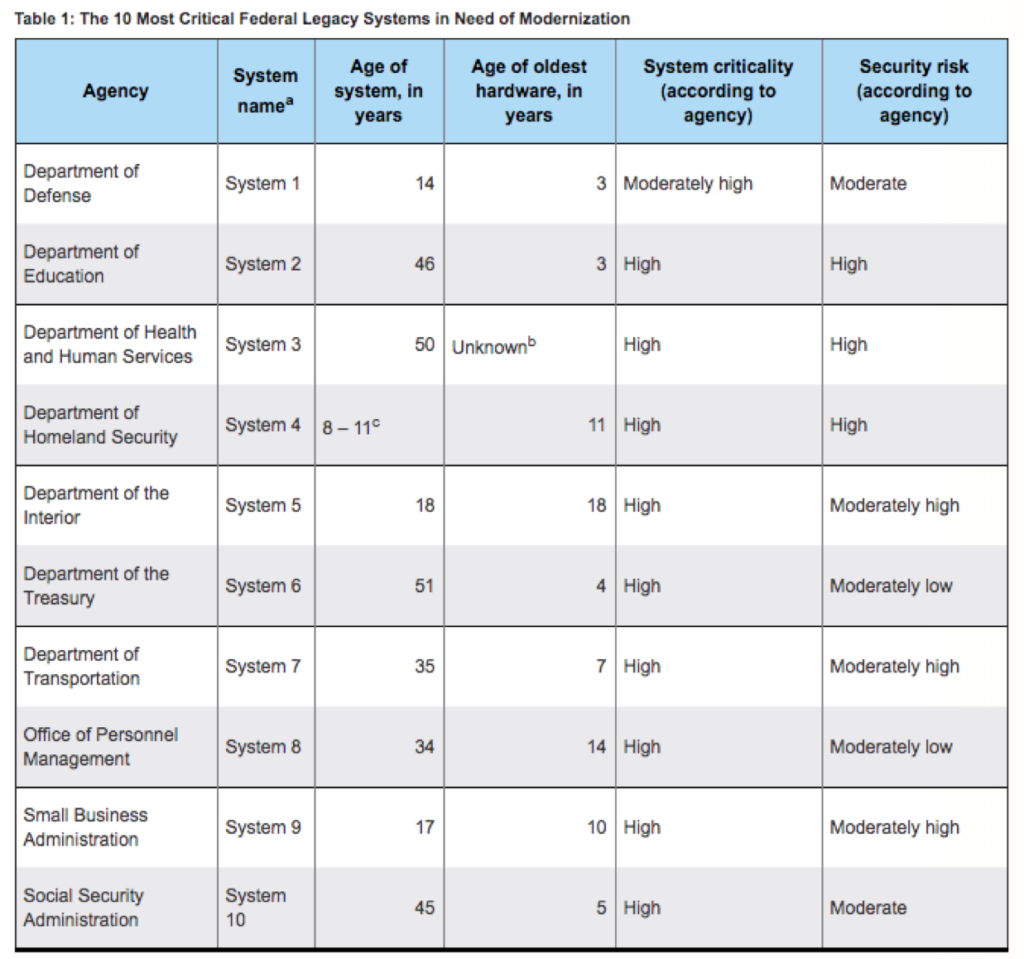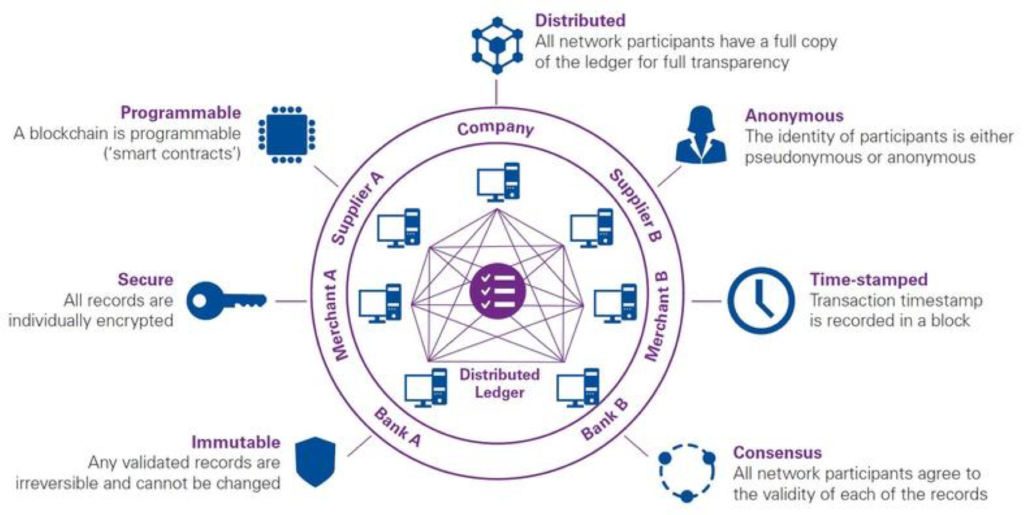
“Defined, Focused, Customized and Implemented based on client and industry requirements.”
Mainframe Reduction Solution Sets
Reducing Mainframe utilization is priority across every industry sector. Companies with aging infrastructure need to leverage new technologies to maintain their competitive advantage. Mainframe applications process millions of transactions for mission critical workloads and changes to the mission critical workloads integrate through multiple systems, Lines of Business and Operating Companies. Infiniam’s portfolio of modernization solutions will allow you to leverage your investment in your dependable, trusted code while leveraging new digital technologies.
Language dependent we have a number of solution sets geared to first reduction in cost, partial application transformation, or total conversion using automated solution platforms which convert code and data to modern language of choice.
Each engagement starts with an Assessment and is followed up with a sample conversion of your production code. Project Scope, details timelines, costs and resource allocation for each phase of the project to help you plan resources, time and budget. Throughout the project, there is no disruption to your current business processing.
Solution Product Sets
Mainframe Processor Cost Reduction
Shift mainframe costs from higher priced processing to less expensive processing thereby reducing mainframe cost prior to a project conversion.
Mainframe Application Modernization
Without affecting production code we process and convert application code iteratively until we reach close to 100%. We can process independent applications automatically reducing support cost by transferring these expenses to more modern languages which are less expensive
Midrange System Application Modernization
Midrange systems comprise 60% of all business centric applications. Particularly in the government sector these systems reached end of life 15 years ago and can be converted to a more modern and supportive architecture
Mainframe and Midrange Data Application Conversion
Supportive high end transactional data, flat data files, and mainframe centric data can be converted to more usable relational data with normalization of data across systems.


Finance
Legacy re-utilization and lattice ledger inclusion
Transaction processing means dividing information processing up into individual, indivisible operations, called transactions, that complete or fail as a whole; a transaction can’t remain in an intermediate, incomplete, state (so other processes can’t access the transaction’s data until either the transaction has completed or it has been “rolled back” after failure). Transaction processing is designed to maintain database integrity (the consistency of related data items) in a known, consistent state.
To qualify for inclusion in the Big Data Processing and Distribution category, a product must:
- Collect and process big data sets in real-time
- Distribute data across parallel computing clusters
- Organize the data in such a manner that it can be managed by system administrators and pulled for analysis
- Allow businesses to scale machines to the number necessary to store its data
Real world example:
Conversion of ADABAS to Java

The potential impact on the existing support structures are tremendous. Potential savings in cost and manpower including license fees could amount to 45% of existing cost structures. By incorporating a fractional ledger financial institution can add a higher less costly service with security and develop a secondary communication channel for community interaction. All this relates to faster and better services for the client.

Healthcare
In todays health care, imaging plays an important role throughout the entire clinical process from diagnostics and treatment planning to surgical procedures and follow up studies. Since most imaging modalities have gone directly digital, with continually increasing resolution, medical image processing has to face the challenges arising from large data volumes. Due to the increasing amount of data, image processing and visualization algorithms have to be adjusted. Scalable algorithms and advanced parallelization techniques using graphical processing units have been developed.
Project Image. modernizing backend systems to accelerate processing


Government System Initiative
The biggest consumer of technology in the country is by far the government. Each department comprises millions of lines of legacy code and data needing to be upgraded and moved to modern architectures and cloud services. These systems are highly regulated and highly sensitive with security a top priority. As foreign governments try to infiltrate US based monetary and classified systems the concern becomes very apparent. Infiniam Analytical Services with its variety of specialized partners have complete solutions to transform and provide a cost reduced path to modernization.
Below is a list of highly sensitive systems needing focus:


Retail
Drive resiliency, agility and predictability while controlling the distribution channel with improved client experience through your customized supply chain platform. Utilizing advanced analytical methods Infiniam analytical services will decipher the current state of your applications, data and technical efficiencies determining the quickest and cost efficient path to managing this important aspect of your business while driving increased revenue.
The phased approach to analyzing, then converting working applications for reutilization in a modern framework is the first step in the revolutionary design. When the applications are modernized the firm can reallocate funds for development of unique user experiences, transactional data management and efficient distribution through technologies as blockchain distributed ledger.

Insurance
“Technology will reshape Insurance services as we know them.”
Our experience with insurers that want to leap into the digital era shows that as technologies evolve, these companies may end up automating 50 to 60 percent of traditional back-office operations. To prepare their operations organizations for these new ways of working, insurers should reshape themselves by forming interdisciplinary teams, formally integrating the technology and operations organizations, and assembling the tools that match customers’ preferences. In addition, insurers should build capabilities to work regularly with external service providers, hire talent literate in how to use the corresponding technology to enhance operations, and make sure their organizational cultures encourage and nurture experimentation.
Changing the way operations organizations work is a big undertaking requiring significant effort, but those that make this shift could see a significant drop in expense ratio and time to market; in turn, they may be able to make more investments, reduce prices, and improve profitability. Insurers that fail to change are likely to lose market share.
The key is foundational. Modernize existing legacy systems re-utilizing working business logic developed over the years in new technological platforms. Infiniam Analytical Services using automation for analysis and conversion is the key to jump starting these internal processes and developing modern insurance business attributes. As a result an insurance company can move from the traditional brick and mortar company to an advanced service provider for their clients. Enabling blockchain and distributed ledger
Technologies


Transportation
Mobile application inclusion and enhanced client services
As the transportation infrastructure improves throughout the US there is a requirement to reduce cost, improve services, and develop additional means for revenue generation. By projecting through additional services the transportation agencies are required to enhance existing systems and apply new processes to provide these services.
Infiniam Analytical Services and their partners provide improved communication services and the ability to analyze existing application interactions, modernize these select reutilization programs and enhance services at a much lower cost.
By converting mainframe Cobol systems in logistics to a cloud based solution lower processing cost and improved supply chain will be achieved. Once the modem platform is implemented mobile devices can interact with logistic centers to provide repair services throughout the agency infrastructure.
Training and repair apps can be brought right to the location needing the services reducing MTTF and improving client services by reducing delays and service downtime. By establishing a multi-channel supply chain the vendor product delivery will have owner cost and less duplication.


Cyber Security Operations
There are a variety of Cyber Threats.
Isolation is not the solution
When considering cyber security software you need an all-encompassing strategy.
- Infrastructure security
- Software security
- And dark web and web security
- In each category, there are many points of entry to a corporation whereby threats are evolving.
The need for SOC (security operations center) becomes more and more necessary
Why Infiniam Analytical Service
- 10-Year Focus on Cybersecurity Monitoring and Remediation
- Own our IP results in Lower TCO. No 3rd Party Licenses
Comprehensive
- Not just a SIEM. Several integrated tools in one platform
- Not only log but a consolidated view of the enterprise security
- EDR
- Enterprise-class SIEM and Log Management
- Cross Correlation Plus (XDR+)
- Hacker Diversionary System
- Vulnerability Scan
- PEN Testing
- IT Asset Discovery
- NIDS, HIDS, Packet Capture, NetFlow, Protocol Analysis
- Availability
- Full API Set (Integrated with AI tools: NDR, Browser Isolation, TPRM, Continuous Auth)
- Customizable and Configurable
- Reporting Engine, Library – Audit and Compliance Support
Design To Support Customers
- Multi-level Multitenancy
- License Management with Auto Notification
World-class White Glove Delivery with a Mature Documented Process
- Best SLA in the Industry
- Fully Automated SLA Management including Escalation and Reporting
